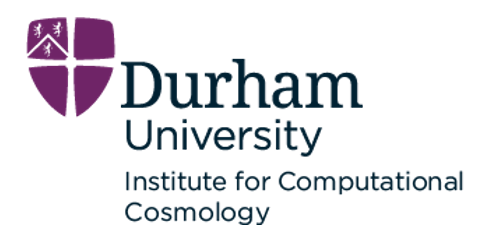![]() As expectation-setting goes in the technology industry, this is bold. At IBM’s annual Think conference, a senior systems executive reiterated the company’s intent to deliver a 1,121-qubit IBM Quantum Condor processor by 2023.
As expectation-setting goes in the technology industry, this is bold. At IBM’s annual Think conference, a senior systems executive reiterated the company’s intent to deliver a 1,121-qubit IBM Quantum Condor processor by 2023.
In a video interview with theCUBE, technology publication SiliconANGLE Media’s livestreaming studio, IBM GM of systems strategy and development for enterprise security, Jamie Thomas, said the company is on track with its quantum roadmap – though she did not sugarcoat the challenges involved.
“In terms of the roadmap around hardware, we put ourselves out there,” said Thomas. “We said we were going to get to over a 1000 qubit machine and in 2023. So that’s our milestone, and we’ve got a number of steps we’ve outlined along that way.
“Of course, we have to make progress frankly every six months in terms of innovating around the processor, the electronics and the fridge associated with these machines, so lots of exciting innovation across the board. We’ve also published a software roadmap where we’re articulating how we improve circuit execution speeds. So we hope or plan to show shortly a 100 times improvement in circuit execution speeds.”
Key to this is Qiskit, announced this week, IBM runtime software designed to boost quantum circuit processing speed by 120x, according to IBM. Qiskit Runtime is containerized and hosted in the hybrid cloud, instead of running most of its code on the user’s computer. IBM is releasing Qiskit as an open-source framework for for the quantum developer community, part of the company’s effort to nurture an IBM quantum ecosystem – which also explains IBM making its quantum prototypes accessible to early experimenters.
“The ecosystem here for quantum is infinitely important,” she said. “We started, day one, on this journey with free access to our systems for that reason, because we wanted to create easy entry for anyone that really wanted to participate in this quantum journey. And I can tell you, it really fascinates everyone, from high school students, students, to college students, for those that are PhDs. But during this journey, we have reached over 300,000 unique users, we have now over 500,000, unique downloads of our Qiskit programming model.”
In a demonstration of the software, IBM said it recently showed how the lithium hydride molecule (LiH) could be modeled on a quantum device in nine hours, when previously it took 45 days. This kind of improvement is key to scaling quantum computation for new use cases (see the company’s blog: IBM Quantum Delivers 120x speedup of quantum workloads with Qiskit Runtime).

IBM’s Jamie Thomas
Two months ago, IBM made a splash in quantum circles by claiming progress in the area of quantum error correction (QEC) – one of the high hurdles to quantum becoming a practical reality. IBM SVP and Director of IBM Research Dario Gil said the company’s QEC software on track for release in 2023.
“This is going to be the decade in which quantum really comes of age…,” Gil said in a Wall Street Journal article. “We’ve got to get these computers to operate without errors, and if we can do that we’ll realize their full potential. So what we envision is in 2023, when we deliver that system, it will be an inflection point in that the errors of quantum computers will continue to decrease exponentially through software, as opposed to just by making the device better.”
In her interview this week, Thomas said that to date, IBM has deployed more than 20 machines, adding that the number regularly changes as new systems are launched and old ones are retired – a reflection of quantum’s current state of rapid evolution.
“We never quite identify the precise number because frankly, as we put up a new generation machine, we often retire one that’s older,” she said. “So we’re constantly updating them out there, and every machine that comes online and in the cloud represents a sea change in hardware and a sea change in software.”
As to the expectation that quantum will serve as a role player, taking on specialized workloads, complementing HPC clusters, Thomas said the Red Hat OpenShift Kubernetes container platform will play an important part, managing hybrid cloud and multicloud operations.
“As part of that software roadmap, in terms of the evolution and the speed of that circuit execution, is this interesting marriage between classical processing and quantum processing, and bringing them closer together,” she said. “In the context of our classical operations that are interfacing with the quantum processor, we’re taking advantage of OpenShift running on that classical machine to achieve that. As you can imagine, that’ll give us a lot of flexibility in terms of where that classical machine resides and how we continue the evolution the great marriage that does exist and will exist between classical computing and quantum computing.”




